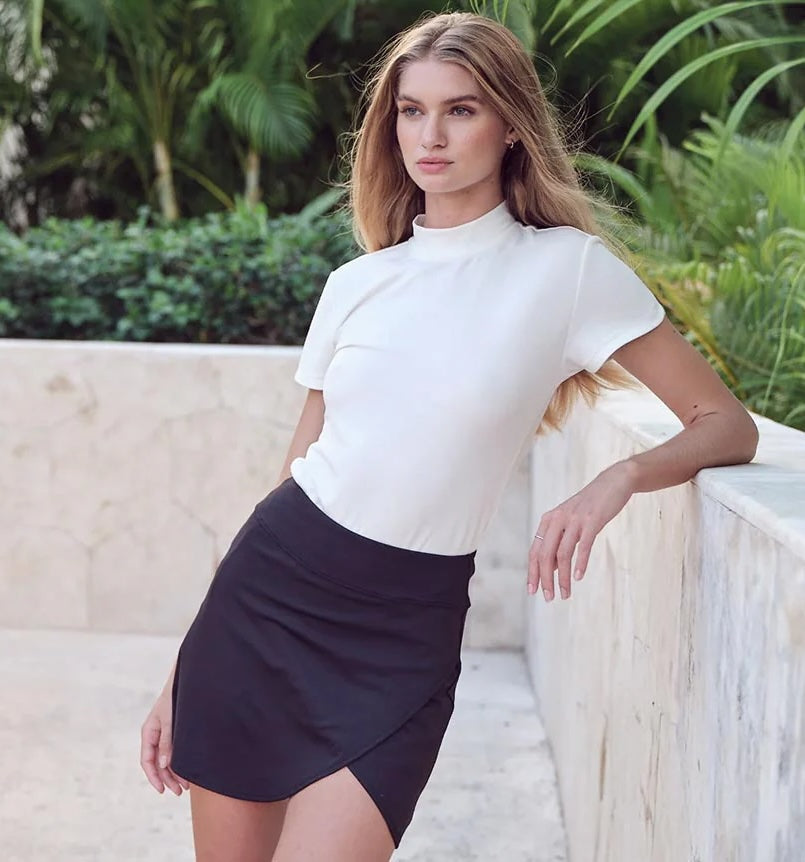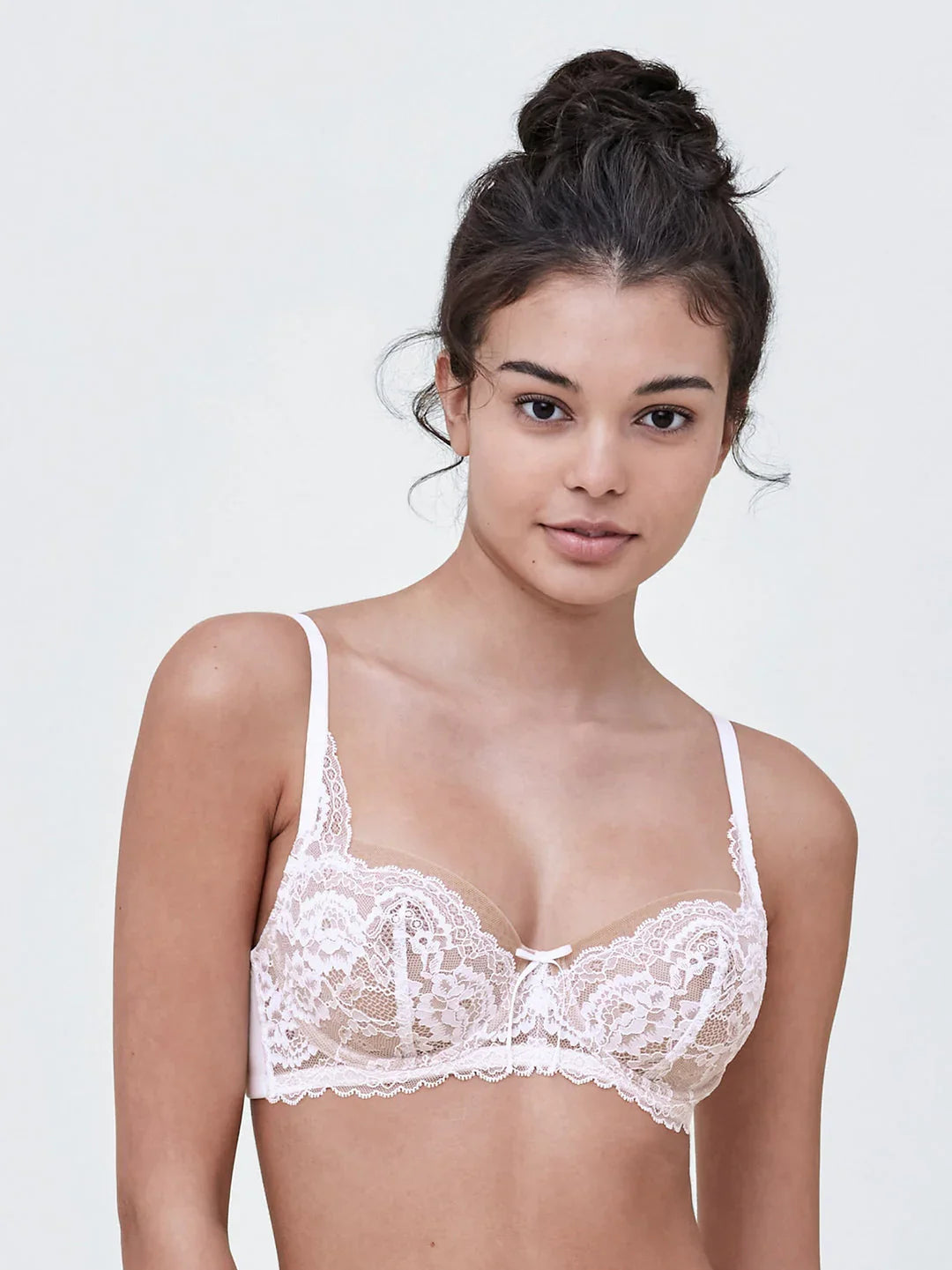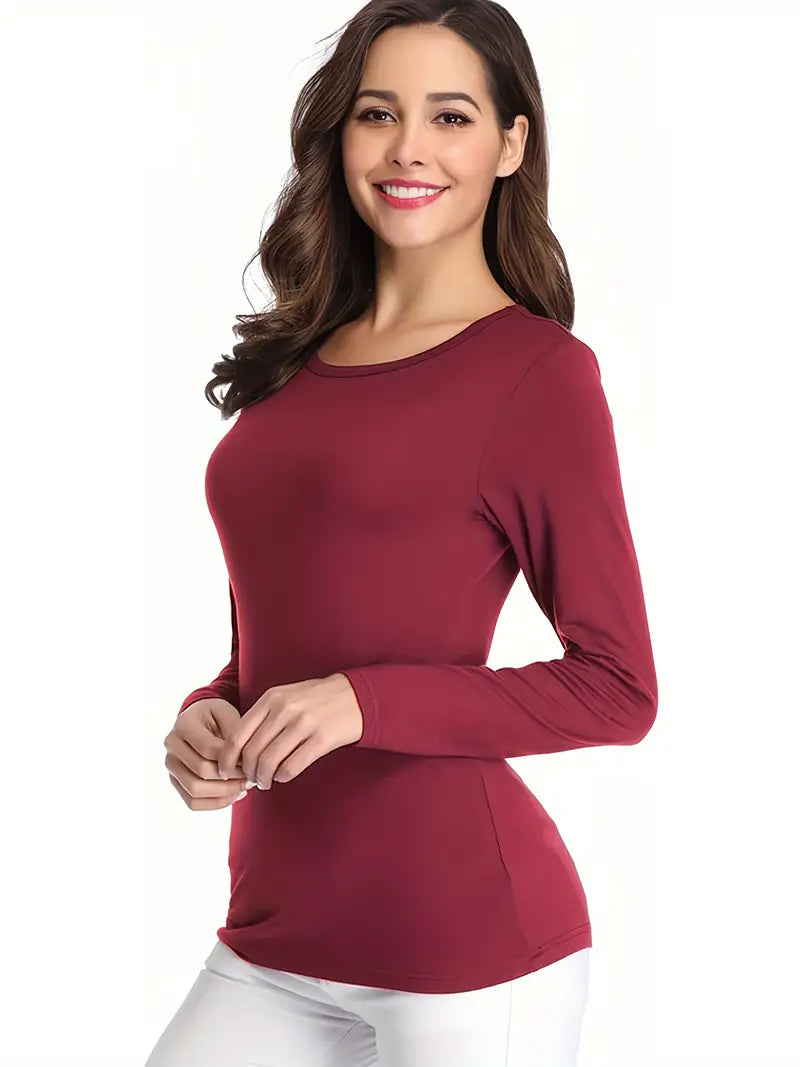Is Modal Moisture Wicking? Breathability & Fabric Facts

Understanding Modal Fabric: Is Modal Moisture Wicking?
Modal fabric is known for its moisture wicking properties, making it an excellent choice for activewear and warm weather clothing. This article dives into what makes is modal moisture wicking, compares it to other fabrics, and explores its varied applications. Modal fabric, made from beech tree pulp, is softer, more breathable, and environmentally friendly compared to many synthetic fabrics. It offers superior moisture wicking properties, absorbing up to 50% more moisture than cotton and effectively regulating body temperature. Modal is ideal for a variety of garments, including activewear and intimate apparel, and is easy to care for, maintaining its quality with proper maintenance.
What is Modal Fabric?

Modal fabric is a semi synthetic fabric derived from beech tree pulp, specifically from the cellulose found in hardwood trees such as birch and oak. The production process involves breaking down the wood pulp into a viscous solution before spinning it into fibers, resulting in a fabric that combines the best qualities of both natural fabric and synthetic fabrics. The end product is known for its exceptional softness, breathability, and durability. Modal fabric is made to offer a unique blend of comfort and performance.
A standout feature of modal fabric is its environmentally friendly production process. Unlike other synthetic fabrics like rayon fabric, modal involves fewer chemicals and generates less waste, making it a more sustainable option for environmentally conscious consumers. This eco friendly approach is further enhanced by the sustainable sourcing of beech trees, which are a renewable resource and part of the broader category of renewable resources. This results in a fabric that feels good on the skin and has a lower environmental impact, thanks to eco friendly practices.
When compared to other fabrics, modal stands out for:
-
Its luxurious feel
-
Silky texture and lightweight nature, making it ideal for intimate apparel, activewear, and casual wear
-
Superior moisture-wicking properties compared to natural fabrics like cotton, making it ideal for warm weather and physical activities.
Whether blended with other materials or used on its own, natural fibers and modal fibers remain one of the most comfortable fabrics available today, showcasing the benefits of natural fiber.
Moisture Wicking Properties of Modal

Modal fabric is renowned for its natural properties moisture-wicking properties, which help keep the body cool and dry. This is particularly beneficial during physical activities or in warm climates where staying dry is crucial for comfort. The fabric’s ability to wick moisture away from the body enhances temperature regulation, ensuring you remain comfortable no matter the conditions.
One of the key attributes of modal is its superior moisture absorption:
-
The fibers can absorb up to 50% more moisture than cotton, making them highly absorbent and effective at keeping the skin dry.
-
This quick-drying nature is a significant advantage, whether you’re washing your clothes or sweating during a workout.
-
The tight weave of modal fabric also contributes to its lightweight and breathable qualities, promoting comfort during warm weather.
Modal’s breathability is another factor that sets it apart. The highly breathable fabric allows for excellent airflow, which helps in the evaporation of sweat and reduces the buildup of moisture on the skin, allowing sweat to circulate freely. This not only keeps you feeling fresh but also minimizes the risk of skin irritations and bacterial growth.
Overall, modal’s moisture wicking properties make it a versatile choice for various clothing applications that can vary depending on the specific use.
How Modal Regulates Body Temperature
Modal fabric excels in moisture management, which helps regulate body temperature. Its ability to absorb and wick away moisture, absorbing moisture and preventing the buildup of sweat, keeps the wearer dry and comfortable. This is especially important in warmer climates, where staying dry greatly enhances comfort.
The superior breathability of modal also aids in temperature regulation. Compared to synthetic fabrics like polyester, modal allows for sufficient airflow, aiding in the evaporation of sweat and helping to keep the body cool. This makes modal garments ideal for activities that induce perspiration, such as exercise or outdoor adventures in hot weather.
The silky texture of modal further enhances its comfort and effectiveness in temperature management. The fabric’s ability to regulate heat flow ensures that wearers remain comfortable, whether they’re lounging at home or engaging in physical activities. In essence, modal fabric offers a balanced combination of breathability, moisture wicking, and temperature regulation, making it an excellent choice for comfort in warmer climates.
Benefits of Moisture Wicking in Modal Fabrics

The moisture wicking properties of modal fabric offer several unique benefits that make it a standout choice for various applications:
-
The fabric’s ability to keep the skin dry enhances overall comfort.
-
It is ideal for activewear and intimate apparel.
-
Whether you’re hitting the gym or lounging at home, modal fabric ensures you stay cool and dry.
Another significant advantage of modal’s moisture wicking capabilities is the reduction in bacterial growth. By keeping the skin dry, modal helps minimize the conditions that foster bacteria, thereby reducing odors. This makes modal garments less prone to retaining unpleasant smells compared to other fabrics, such as cotton.
Additionally, modal is hypoallergenic, posing minimal risk of allergies and skin irritations. This makes it an excellent choice for those with sensitive skin or allergies. Additionally, modal’s luxurious softness and eco friendliness further enhance its appeal, offering a comfortable and sustainable hygienic fabric choice for a wide range of clothing items.
Comparing Modal with Other Moisture-Wicking Fabrics

A notable difference between modal and cotton is modal’s superior moisture wicking capability. Modal is 50% more absorbent than cotton, which enhances its performance in keeping the wearer dry and comfortable. Additionally, modal’s excellent breathability complements its moisture wicking properties, making it a more effective choice for temperature control. The key differences between modal and cotton highlight the advantages of modal in moisture management.
Polyester, although popular for its wrinkle resistance and durability, falls short in moisture management compared to modal. Recycled polyester tends to retain moisture, leading to discomfort during prolonged wear. While polyester is durable and easy to care for, modal’s superior moisture wicking and breathability make it a more comfortable option, especially in warm climates.
Bamboo fabric is another contender in the realm of moisture wicking fabrics:
-
Bamboo excels in moisture absorption, often outperforming modal.
-
Bamboo may not offer the same level of durability as modal.
-
Modal excels due to its balance of softness, durability, and moisture management.
-
Modal is a versatile choice for various applications.
In summary, modal fabric’s unique properties make it a superior choice among other moisture wicking fabrics, offering distinct advantages.
Applications of Modal in Everyday Wear
Modal fabric’s moisture wicking properties make it a preferred choice for sportswear and activewear. Its ability to keep the body cool and dry during physical activities enhances performance and comfort. Whether you’re running, cycling, or doing yoga, modal garments ensure you stay comfortable throughout your workout.
Modal’s softness and breathability make it ideal for intimate apparel. The fabric’s smooth feel against the skin and its ability to regulate moisture provide unparalleled comfort, making it a popular choice for underwear, bras, and sleepwear. Modal’s softer lightweight nature allows for easy movement, adding to its soft appeal for intimate wear.
In addition to activewear and intimate apparel, modal is commonly used in casual wear and loungewear. Its luxurious softness and moisture wicking properties make it perfect for everyday clothing that prioritizes comfort and ease of movement. From t shirts to pajamas, modal fabric offers a versatile and comfortable option for a variety of clothing needs.
Care and Maintenance of Modal Garments
Caring for modal garments is straightforward, ensuring they maintain their luxurious feel and longevity. Here are some care tips:
-
Modal fabric is machine washable.
-
Wash after each use, especially activewear, to withstand multiple washes.
-
Use cold water with mild detergents.
-
Avoid using bleach and harsh chemical additives to maintain the fabric’s quality.
To care for modal fabrics:
-
Air dry or tumble dry on low heat to minimize wrinkles and preserve fabric integrity.
-
Use a low heat setting when drying.
-
Iron on the reverse side to prevent shiny spots.
-
Ensure proper drying and storage to maintain the fabric’s luxurious softness and appearance.
For those who prefer a bright, fresh look, oxygen bleach can be used to brighten modal fabrics without the damaging effects of chlorine. To avoid excessive wrinkling, modal garments should be hung or folded properly after washing. These simple care practices ensure that modal garments can remain a wardrobe staple for years.
Summary
In summary, modal fabric stands out for its exceptional softness, breathability, and moisture wicking properties. Whether used in activewear, intimate apparel, or casual wear, modal ensures comfort and sustainability. Its eco friendly production process and hypoallergenic nature make it an excellent choice for those with sensitive skin or environmental concerns.
Choosing modal fabric means opting for comfort, durability, and environmental responsibility. Its unique properties make it a superior choice for a wide range of applications, ensuring you stay cool, dry, and comfortable. Embrace the benefits of modal and experience the difference in your everyday wear.
Frequently Asked Questions
What is modal fabric made from?
Modal fabric is made from the cellulose extracted from beech tree pulp, as well as other hardwoods like birch and oak. This gives it a soft, breathable quality that many find appealing.
How does modal fabric wick moisture?
Modal fabric effectively wicks moisture due to its natural properties, absorbing sweat and promoting evaporation to keep your skin dry and comfortable.
Is modal fabric suitable for sensitive skin?
Yes, modal fabric is hypoallergenic and generally safe for sensitive skin, reducing the risk of irritation and allergies.
How should I care for modal garments?
To properly care for modal garments, machine wash them in cold water with mild detergent, air dry or tumble dry on low heat, and iron on low heat from the reverse side. Following these steps will help maintain the fabric's quality and longevity.
How does modal compare to cotton in terms of moisture-wicking?
Modal outperforms cotton in moisture wicking, as it is 50% more absorbent, resulting in enhanced breathability and comfort.


